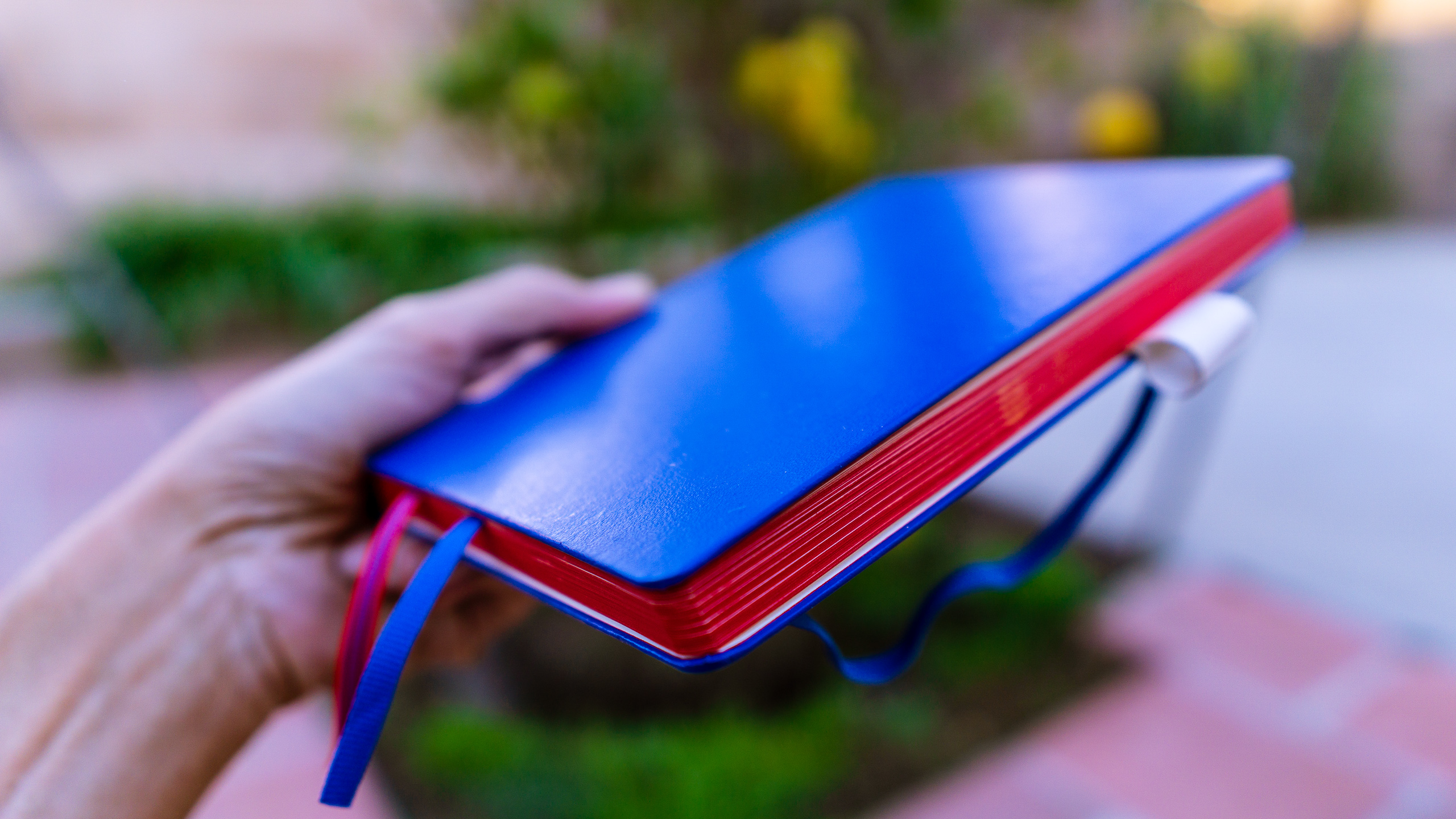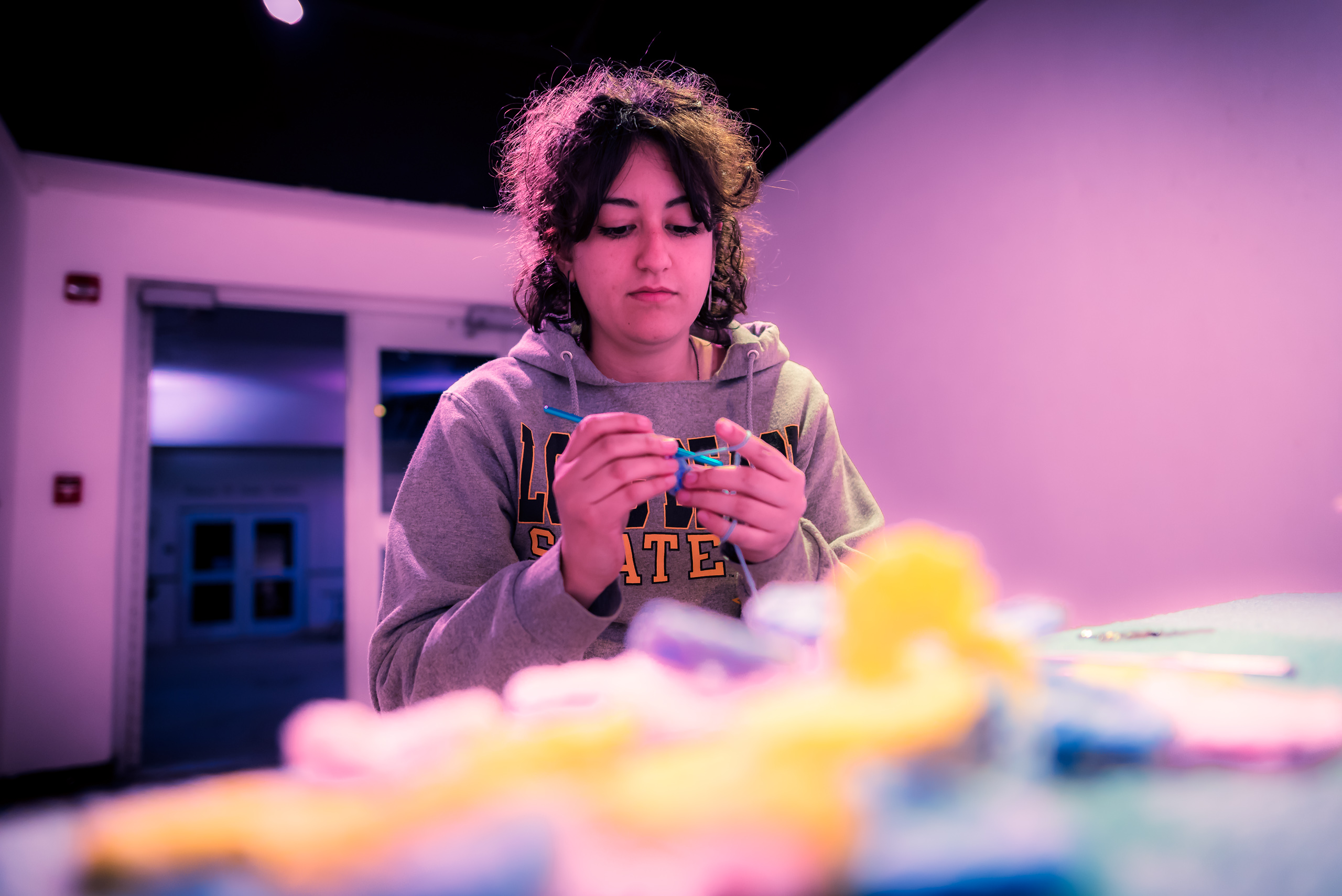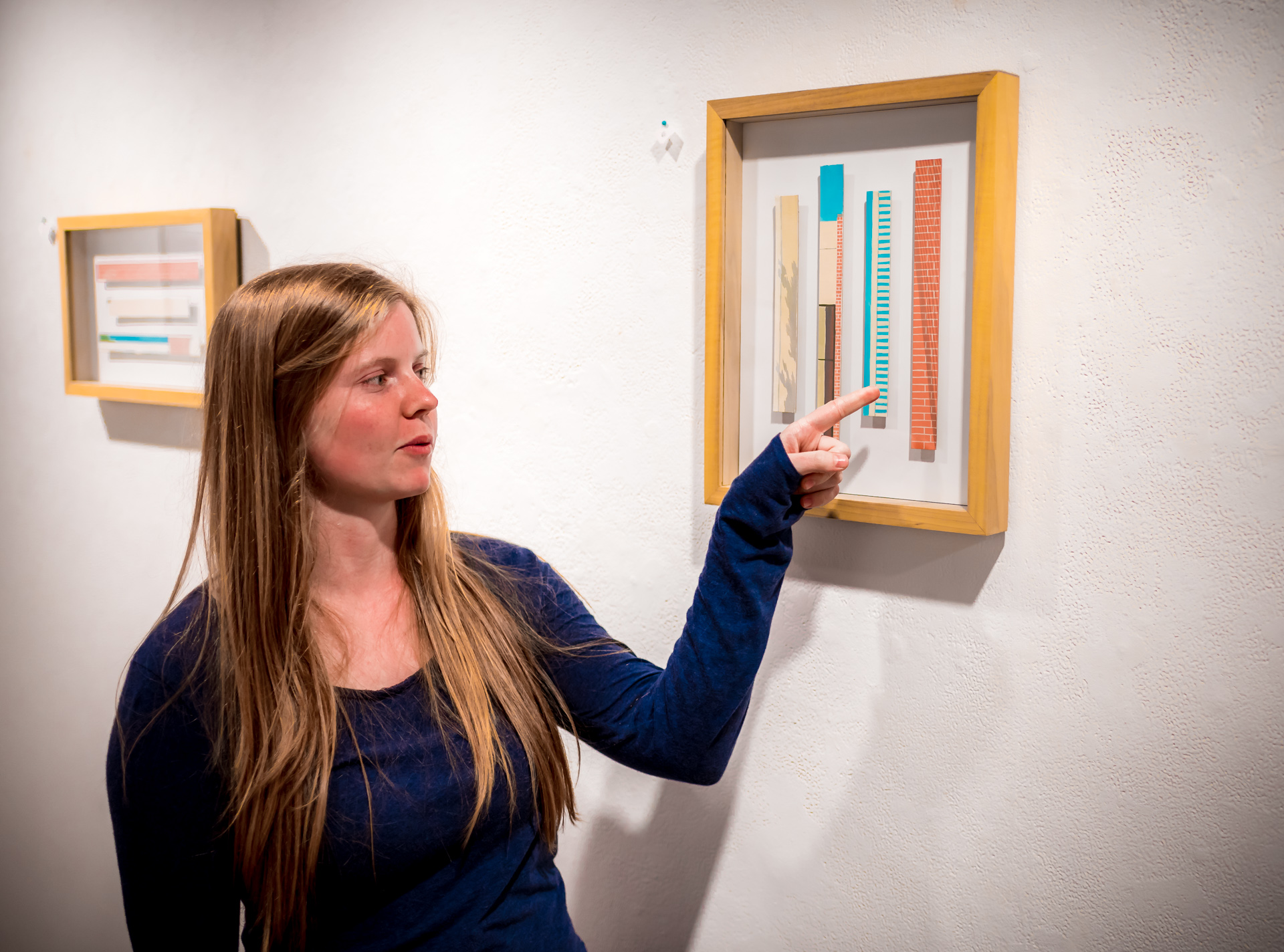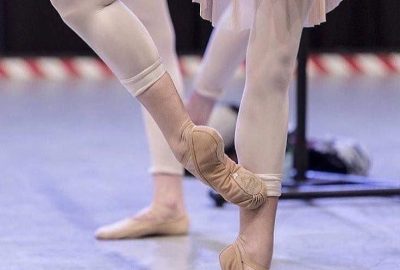Mastering High-Volatility Slots: Strategies for High-Risk, High-Reward Gaming in 2024
In the world of online slots like sso77, high-volatility games have gained massive popularity among players who crave the thrill of big wins. These slots are known for their potential to deliver substantial payouts, but they also come with a higher level of risk. Understanding how to approach high-volatility slots strategically can significantly improve your chances of success. This article explores what high-volatility slots are, why they’re becoming increasingly popular, and offers practical advice on bankroll management and maintaining patience during dry spells.
What Are High-Volatility Slots?
High-volatility slots, also known as high-variance slots, are games where the payouts are less frequent but much larger when they occur. Unlike low-volatility slots, where wins are smaller and more consistent, high-volatility slots involve longer periods without significant payouts, followed by potentially massive rewards.
High-Risk, High-Reward: These games are ideal for players who enjoy taking risks in pursuit of big wins. However, the trade-off is that you might go through long stretches of gameplay without any substantial returns. For example, popular high-volatility slots like Dead or Alive 2 and Book of Dead are known for their potential to deliver large payouts, but they require patience and a well-thought-out strategy.
Bonus Features and Multipliers: High-volatility slots often include exciting bonus features, such as multipliers, free spins, and jackpots that significantly increase the potential payouts. These features are usually the key to hitting big wins, making them the focal point of the gameplay.
The Growing Popularity of High-Volatility Slots
In 2024, high-volatility slots have seen a surge in popularity, especially among more experienced players. Here’s why:
Appeal of Big Wins: The allure of landing a massive jackpot or hitting a big payout during a bonus round is a major draw. High-volatility slots cater to those who enjoy the excitement of high-risk gambling and the possibility of life-changing wins.
More Sophisticated Gameplay: These slots often come with advanced game mechanics and complex bonus rounds, appealing to players who want more than just simple spin-and-win gameplay. The challenge of navigating these features adds an extra layer of engagement.
Streamer Influence: Casino streamers and influencers who showcase their big wins on platforms like Twitch and YouTube have contributed to the growing popularity of high-volatility slots. Their success stories inspire other players to try their luck with these high-stakes games.
Strategic Approach to High-Volatility Slots
If you’re interested in playing high-volatility slots, it’s essential to approach them strategically. Here’s how to maximize your chances of success:
Bankroll Management is Key
Managing your bankroll effectively is crucial when playing high-volatility slots. Since these games are designed to have long dry spells, you need to ensure that your bankroll can sustain you through the down periods while waiting for the big win.
Set a Budget: Determine a fixed amount that you’re willing to spend on high-volatility slots and stick to it. Avoid the temptation to chase losses by setting a budget for each session.
Bet Wisely: Start with smaller bets to extend your gameplay, especially during the dry spells. Once you hit a bonus round or big payout, you can consider increasing your bets strategically, but always stay within your budget.
Stay Patient During Dry Spells
One of the biggest challenges of high-volatility slots is maintaining patience during extended periods of little to no wins. It’s easy to get frustrated and abandon your strategy, but staying calm and focused is essential.
Accept the Risk: Understand that high-volatility slots are designed to have fewer payouts, and dry spells are a normal part of the game. Keep your eyes on the potential reward and remind yourself that patience is key to success.
Break Up Your Sessions: If you’re experiencing a long dry spell, consider taking breaks or splitting your gameplay into shorter sessions. This can help keep you focused and prevent you from making impulsive decisions.
Capitalize on Bonus Features
Bonus features like free spins, multipliers, and jackpots are where high-volatility slots can pay off significantly. Focus on games with rewarding bonus rounds and learn how to trigger them.
Study the Game Mechanics: Before diving into a high-volatility slot, take time to understand how its bonus features work. This knowledge can help you strategize your bets and timing to maximize your chances of triggering lucrative features.
Use Bonuses and Free Spins: Take advantage of casino bonuses and free spins to extend your gameplay. These can give you extra chances to trigger the big wins without dipping further into your bankroll.
Conclusion
High-volatility slots offer a thrilling gaming experience for those who are willing to take risks in pursuit of significant rewards. As these high-risk, high-reward games continue to grow in popularity in 2024, it’s important to approach them with a well-planned strategy. By managing your bankroll, staying patient during dry spells, and focusing on bonus features, you can enhance your chances of success and make the most of your high-volatility slot experience.



